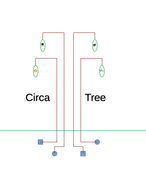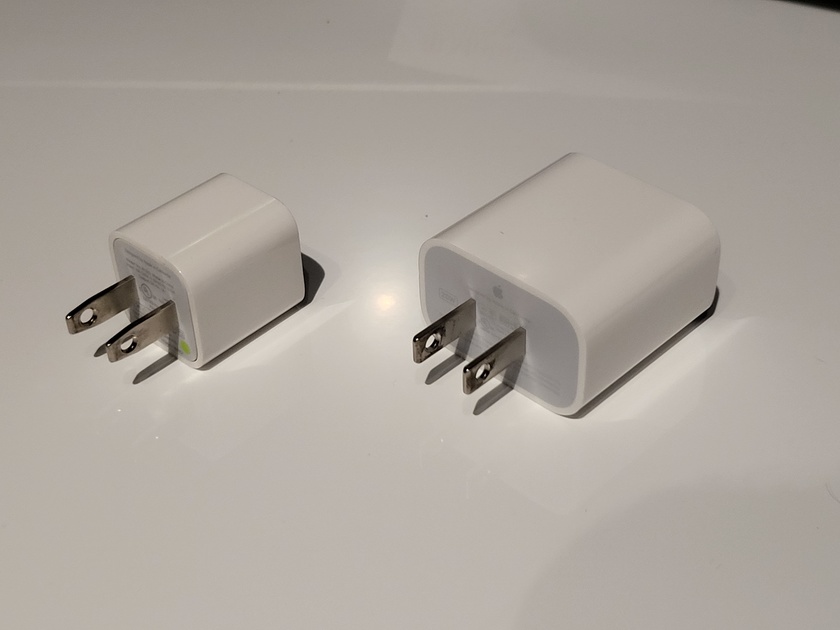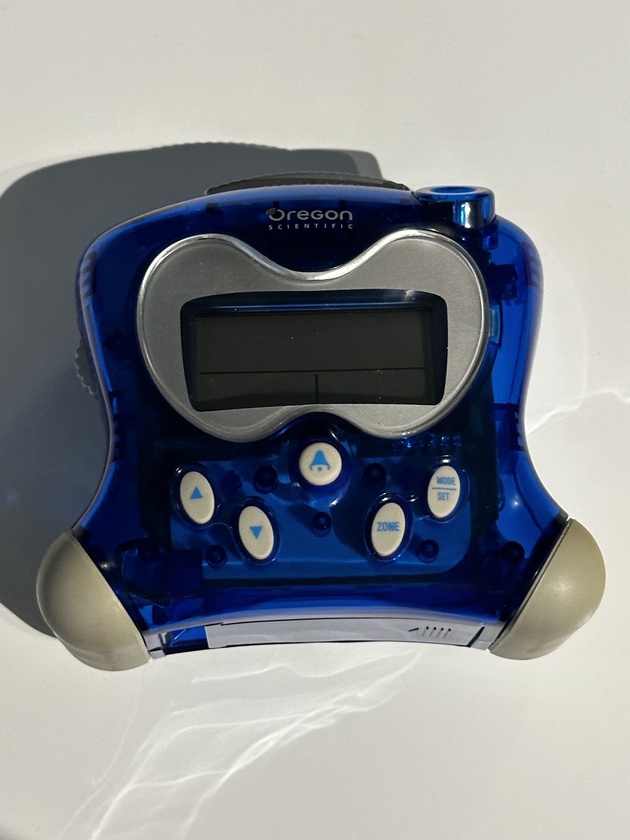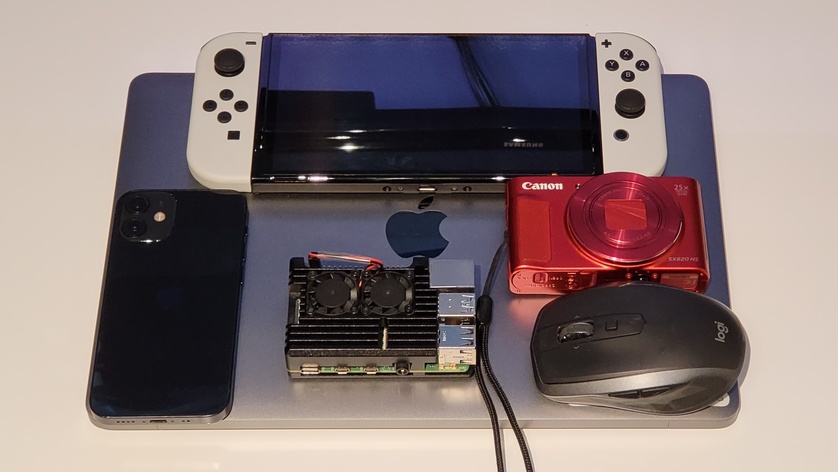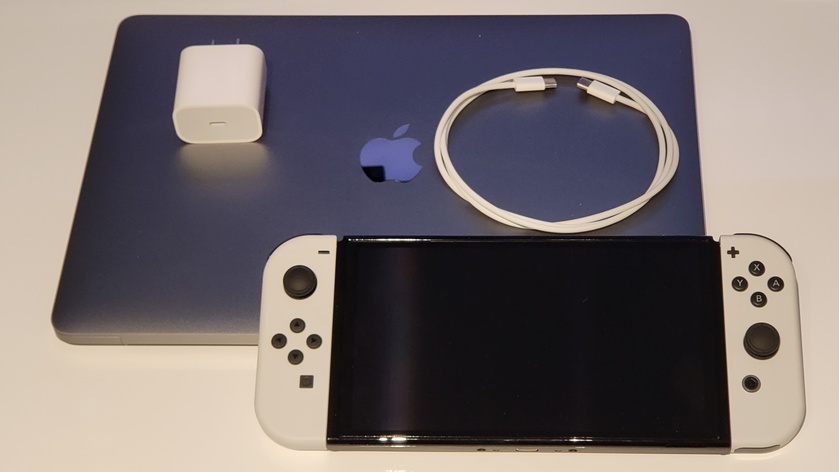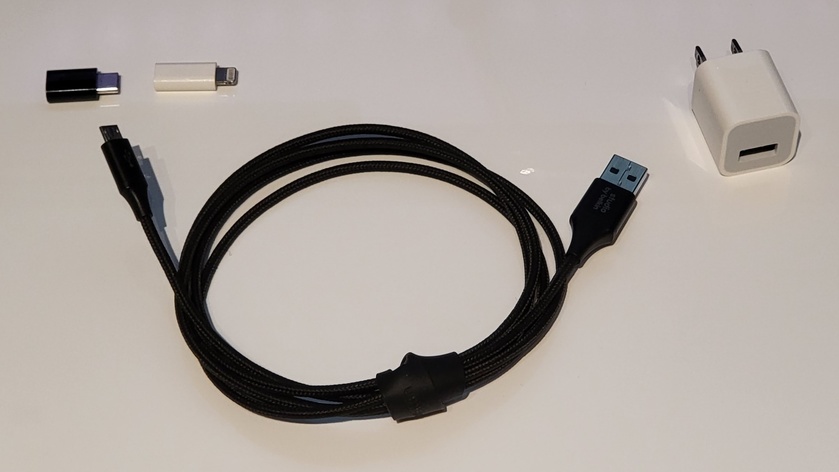A while back, I posted an article detailing the steps I'm taking to leave the Apple ecosystem. I thought I'd post an update to see how that's going. Just a warning, this is a long article.
Sadly, it's not going as well as I had hoped. I feel like that guy in the Samsung commercial that's sitting on the fence. The only difference is, both sides have somebody sweet talking me, trying to convince me to fully commit to one side. "A tablet that fits in your pocket and makes phone calls" (Samsung). "You can send videos at full resolution to others" (Apple).
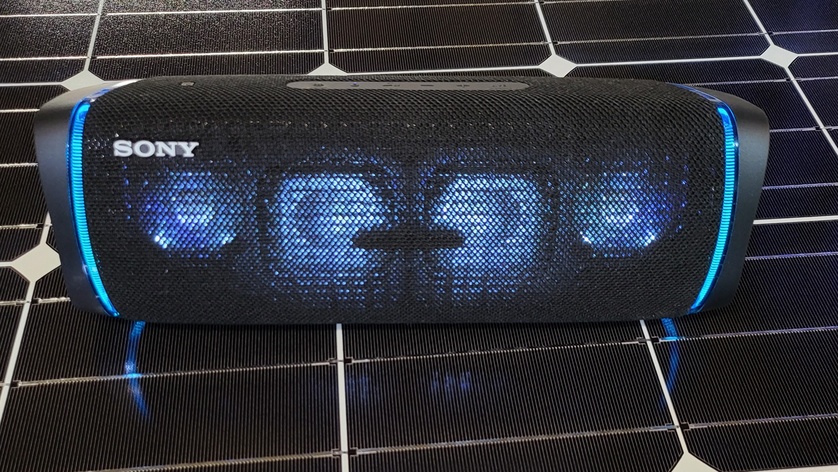
First, let's talk about the successes. For personal audio at home and at work, the HomePods have been successfully replaced by a Sony XB-43 bluetooth speaker. This speaker sounds nearly as good as a HomePod, but is wireless and lasts me a full work-week on a charge. It charges up from 5 volt USB-C. It also supports line-in and wireless party mode (compatible with Sony's XB-33, and XB-43), where multiple speakers can link together and play audio simultaneously from one source. Plus, it has a USB-A port to charge an iPod or phone. In my use, the Sony lasts over 30 hours of use per charge, and only consumes about 30 Wh to recharge. That said, a HomePod mini is still in use for HomeKit accessories since there is no privacy-respecting suitable replacement (relatively speaking).
Apple Music was an easy switch, and actually was already completed when Part 1 was written. Currently, I have a standalone library and have an active Spotify Premium subscription, thanks to a 3-month promo for $9.99 (30% the regular price). This works cross-platform and is built into my car radio. The premium subscription is temporary, and I'll go back to the Free tier when the promo period ends. Song purchases, however, still use the iTunes Store if a physical CD can't be located locally.
Documents are still a mixed bag, but Microsoft Office remains my standard of choice for most documents. With my current setup, there are free phone apps for Word and Excel, and from the laptop, I remote control my home server and use the Office 2013 perpetual license installed on it.
For my photo library, after using Adobe Lightroom for a few months, I've decided that it isn't quite what I'm looking for. I'm under contract for a year, so it won't go away for a while yet, but I am using this time to evaluate alternatives. The system I'm testing now is to pull the original files from all of my devices, organize everything into a folder structure, and simply browse that to locate photos. This is handled effortlessly with SyncThing and the Gallery app on the Fold, but this is where I start to struggle.
Because of some strange software behavior that has so far gone unresolved, certain tasks are simply just far better suited to the iPhone. Since I drive for DoorDash on the side, I use a mileage tracker app. This app (MileIQ) just works so much better on iPhone when it comes to accurately detecting the start and finish of each drive, the speed that it reports a detected drive, and the proper location and timestamps of each drive. On Android, I've noticed that it can take up to a few days for drives to appear, and when they do, the timestamps are sometimes wrong, usually the start and end points aren't accurate, and multiple drives are often reported as one. The distance measured comes out correct in most cases, but since this is tax-related reporting, I need this data to be accurate. I've tried different tricks and settings, waited out multiple software updates, but there just isn't any improvement, leading me to believe that the issue lies within the OS construction. Also, DoorDash's iOS app is better laid out for use while active and is more responsive than the Android app. Despite me opting to not use the built-in navigation on Android, it still automatically engages when I accept an order. Maybe it's just me having these issues, but this is on a device that was $2,000 new. While Dashing, the notification tray often gets flooded by persistent app banners, in-app notifications, navigation, and text messages, making it hard to grasp what is going on.
The device itself also presents issues. The Fold is harder to use single-handedly, and in my area, 5G doesn't always hand off properly and I'm left without internet access despite having a 5G signal in several instances. With no (obvious) way to disable 5G and roll back to LTE, the only workarounds I've found to re-establish a connection is to physically change locations, place a phone call, or reboot the phone. I rarely have connectivity issues with the iPhone, and during my latest Dash, the iPhone worked flawlessly the entire night. As a bonus from not losing orders and time due to connectivity problems, this Dash was also my most profitable; per hour, per mile, and overall.
On the iPhone front, I was able to work out the previous issues I've had with my iPhone and car. Because of how iPhones handle notification sounds, I was running into situations where notifications and music would make my car radio go full volume. Besides the scare of a sudden loud noise in a car, this was damaging my hearing. I found that by classifying my car radio as a Speaker in Bluetooth settings (as opposed to Headphones or Car Stereo), this stops notification sounds from being played through the radio, solving the volume issue. The other issue I was having was my car key app being closed in the background. This prevented the car from unlocking until I re-launched the app. With this happening multiple times a week, it was getting old. I traced this back to a power-saving automation I implemented that turns off Bluetooth overnight to resolve excessive battery drain. Leaving Bluetooth on allows the app to continue running in the background, but at the cost of losing ~15% charge overnight.
By now, you can probably see where I'm headed. Circling back to the photo library, my file/folder based library doesn't exactly play nice with the Photos app on iPhone. For starters, unlike the Fold, the iPhone doesn't have enough storage to keep a local copy, although it may not have to. Since I have a home server, I am able to utilize Tailscale and access the server from anywhere I have internet access. I can simply use the Files app to browse the library and pull up older pictures over my network connection. I can pull videos as well, but given how large some of these files are, a better solution may be to remote into the server and use RDP to watch video files. However, since I've pretty much reverted back to carrying a laptop with me, I do have a local copy of my library stored on the laptop.
Which laptop, you ask? While one has multiple advantages over the other, I can't escape the fact that the MacBook Pro handles many laptop-related aspects better than any Windows machine can. It gracefully handles sleep/wake 99.9% of the time, scales the display properly (including external displays), has the best battery life, and the USB-C ports work properly 100% of the time. I've had numerous issues with the ports on my Surface, whether it was refusing to charge, not talking to a Thunderbolt dock, or not energizing certain USB devices. The MacBook is also able to use pretty much any USB source to power itself, whereas the Surface requires me to carry around it's specific charger in order to charge reliably. On top of all of this, I missed the Touch Bar. I know that's controversial and many people have their stances (stay tuned for my take on the popular Touch Bar comments), but it offers flexibility that physical buttons just can't (it is a touchscreen, after all).
Going back to the MacBook means that my Mac Photos library is back in play, and thus I can easily cable-sync the iPhone with it. The workflow here is that I first import new photos and videos from the iPhone into the library, deleting them from the iPhone, and then sync a few select folders and the last 6 months of photos and videos back to the phone, including the ones just imported and deleted from the iPhone. In practice, this currently uses 20 GB of the 65 GB free space on my phone. While the timespan to sync to the phone may change over time, this solution promises to keep cloud solutions out of the picture, saving me money, bandwidth, and dramatically enhancing my data privacy and security by keeping everything local. It also means there's only one library to manage, though I will keep working on exporting a file/folder based copy of this library so that I have a cross-platform backup.
All this to say, that while I've broken free of many ecosystem lock-ins with Apple, it turns out that the lock-in actually wasn't what has kept me using their hardware. iOS brings usability to the table that Android just doesn't offer. While Android phones typically are much more feature rich, powerful, and just better in many regards, the whole "death by 1,000 cuts" mantra applies here. The Galaxy Fold 3 is a wonderful device and can definitely be your only mobile device, but I find that if I have a laptop with me anyway, many of its advantages are redundant to the laptop, and I'm better off having a small pocket device that runs better-optimized software. As someone who has grown used to iOS over the last 6 years, I've lost the desire to constantly tinker with my mobile device to make stuff work when everything is already polished on iOS. It's easier to type on my iPhone 12 mini, it's easier to hold and use one-handed (though the Fold makes for a wonderful tablet experience, which is how I'll continue to use it), and key apps are just laid out better. It's not perfect (and I suspect that I'll grow tired of some of the iPhone's quirks and switch a few more times down the road), but for use at work, the iPhone and MacBook Pro are hard to beat.

